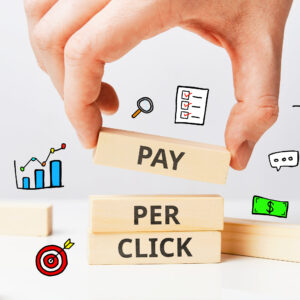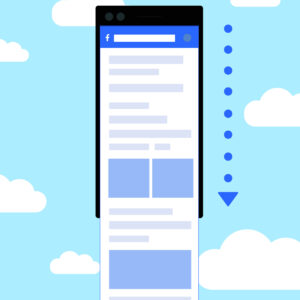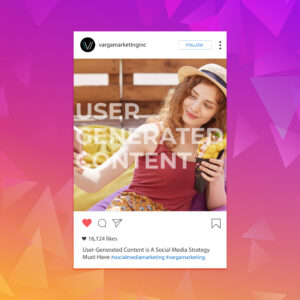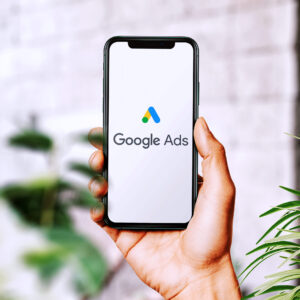The more you know about your customers, the better you can understand what they are looking for and how you can reach them. This is the basic principle that fuels the creation of buyer personas.
When done right, buyer personas or ideal audience personas can guide your marketing, help you connect more thoroughly with your customers, and get better engagement and sales over time.
There is more than one way to create buyer personas, customer personas, or target audiences (yes, they all mean the same thing). We’re going to guide you through some of the basic details you’ll need to consider when you build a buyer persona and how to start creating your own.
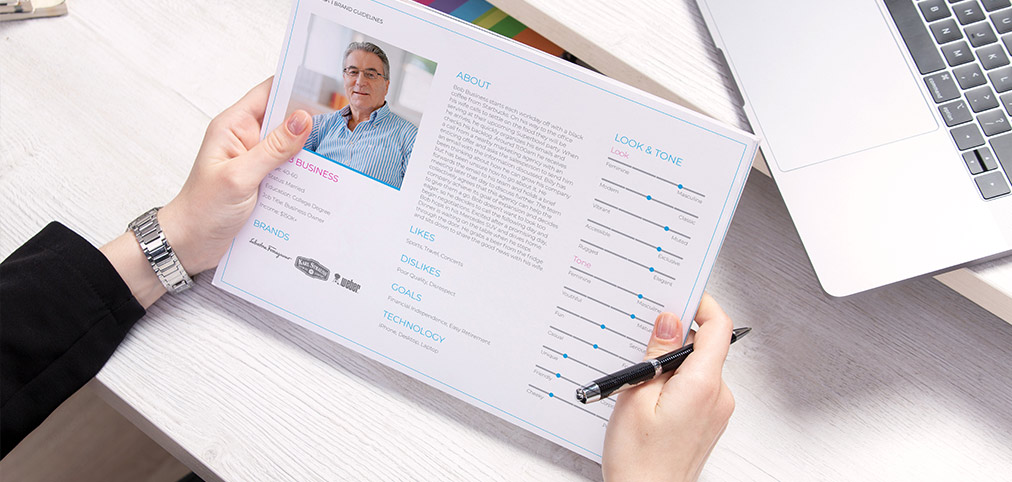
Whenever you create content, you want someone to see it. Outdated marketing and advertising practices told us that if anyone saw your ad or flyer, it was a good thing. Today we know a bit better.
You can try to get everyone in the world to see your ad or your webpage, but it would likely lead to a large amount of wasted effort. Why? Well, the truth is that not everyone in the world wants what you have to offer. Why advertise fishing accessories to people who are in no way interested in the activity? Why produce a blog about cooking steak that is going to show up to someone vegan?
Buyer personas narrow the playing field, helping you reach the people who are already interested in or are likely to become interested in what you have to offer. Targeting buyer personas accurately can yield benefits like…
- Better return on investment: The time and money that you invest in your campaigns are far more likely to turn into sign-ups, opt-ins, and sales when you use buyer personas to guide the way you market to people.
- Easier planning: Rather than guessing what your possible customers want to see, you can find out based on what you already know about them.
- Extended usefulness: Keep these personas updated and they’ll serve you for years, making marketing plans easier as you build off knowledge gained, rather than starting from scratch each time.
- More specific outreach: By narrowing down where your target audience may be spending their time, you use less time and fewer resources to engage with them on channels that they aren’t on.
The truth is that buyer personas may vary. The information that is useful to a restaurant chain won’t look the same as the information that would be useful to a financial advisor. There are some key things that you will want to include but please remember that what works for your neighbor may not be the same for you:
- Personal demographic info: Details like age range, gender, and income.
- Professional demographic info: Industry, years in their field of work, experience with different programs.
- Likes and dislikes: Colors, books, movies, foods, etc.
- Pain points/challenges: Look at what problems they have that your product or service can solve.

This is just scratching the surface of what you can include in a buyer persona. With unlimited resources, you could create some eerily accurate profiles.
Even with just some information, you can start putting yourself in the shoes of your clients and customers to figure out how you can help them and, thus, how you can reach them and convey what you have to offer effectively.
Ready to start building your buyer personas? Here are some key steps to guide you.

Buyer personas use the data provided by your existing customer base. Not every business has that though. If this is you, then it may help to try crafting an ideal audience persona instead.
Idea audience personas can be a great way to craft a viable marketing strategy without getting bogged down by trying to market to everyone at the start. An ideal audience persona allows you to brainstorm who you want to try to market to. As your business grows, this can (and should) become buyer personas as you start to learn more about your customer base. Depending on your budget, you may want to consider kicking things off with a competitor analysis to help narrow down the areas that you want to focus on.
Gathering information for and crafting buyer personas can be a time-consuming process. Varga Inc can lend you a hand in getting this part of your marketing strategy compiled. That way, you can focus on the many other tasks that you need to take care of. We are here to help and here to keep the marketing process simple.
Reach out today to learn more or get started.




